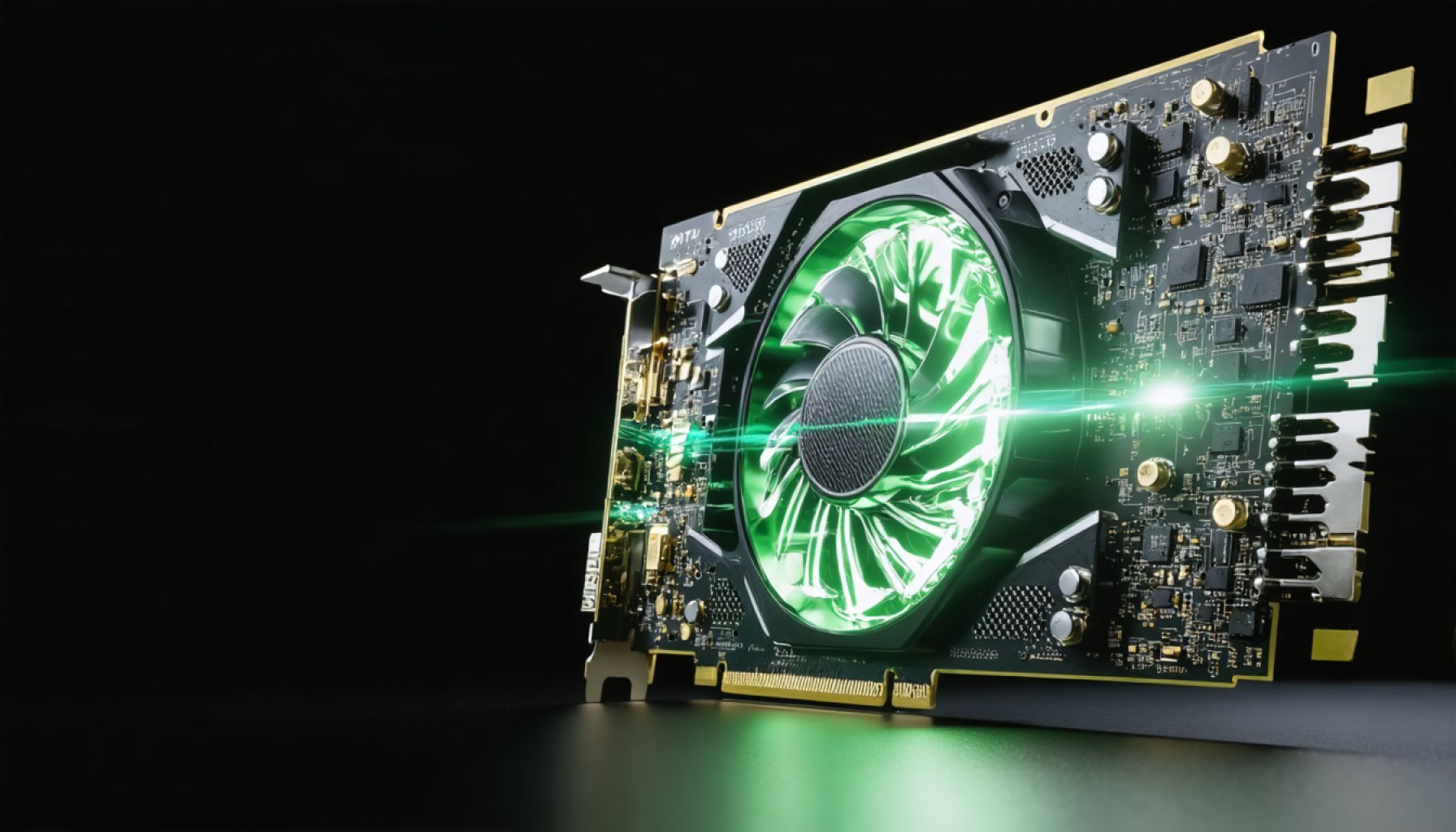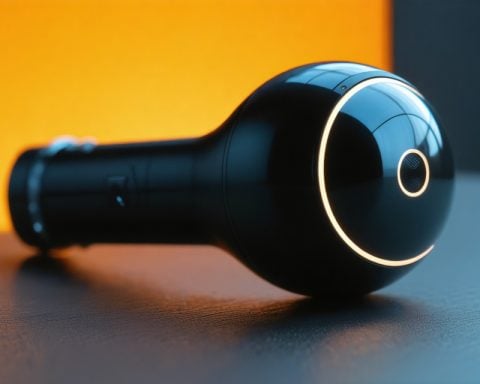- Nvidia has retired its 32-bit PhysX graphics technology, once celebrated for its role in creating realistic visual effects in games.
- PhysX powered iconic games such as the Batman Arkham series, Borderlands, and Metro, creating memorable gaming moments.
- Despite its legacy, PhysX has become obsolete due to the evolution of modern technology, including Nvidia’s focus on the RTX 50 series.
- Fans express nostalgia and frustration over the declining support and performance of PhysX on contemporary systems.
- There remains a possibility for gamers to revive PhysX effects by combining new and old GPUs and adjusting Nvidia control panel settings.
- The transition highlights the continuous progression of technology, rendering past achievements into fond memories.
The digital realm of gaming echoes with nostalgic fervor as Nvidia quietly pulls the plug on its once-renowned 32-bit PhysX graphics technology. This legacy SDK, cherished for its ability to breathe life into virtual worlds with realistic cloth fluttering, glass shattering, and liquid dancing, has been gently retired, leaving dedicated fans in mourning.
PhysX was the magic behind the vivid scenes of gaming juggernauts like the Batman Arkham series, the Borderlands saga, and the eerie corridors of Metro. During its heyday in the 2000s and early 2010s, this technology was synonymous with cutting-edge visuals, powering iconic moments that now live fondly in gamers’ memories.
However, time marches on. As Nvidia honed its focus on more advanced ventures, such as the RTX 50 series, PhysX stumbled into obsolescence, unable to sync with the pace of modern consoles and mobile devices. Enthusiasts often took to forums, lamenting over dwindling support and the dwindling performance they experienced, even when armed with high-end systems.
Yet, for the resolute few keen on reliving these classics, a glimmer of hope remains. By marrying newer GPUs with their aged predecessors, gamers can resurrect PhysX effects to a degree, tweaking settings in the Nvidia control panel to harness the past’s power.
Here’s the takeaway: in the relentless march of technology, what was once groundbreaking becomes yesterday’s relic. As we embrace the new, let us remember and honor the technology that shaped our virtual landscapes, even as it fades into the digital dusk.
Why Nostalgia Can’t Revive Nvidia’s PhysX: What Gamers Can Do Now
Understanding Nvidia’s Legacy PhysX Technology
Nvidia’s PhysX technology, originating in the early 2000s, was a game-changer, adding depth and realism to game environments through advanced physics simulations. It allowed interactions like cloth movement, glass breaking, and fluid dynamics that added convincing immersion, becoming a staple for visually stunning games like Batman Arkham and Metro series.
Limitations and the Road to Obsolescence
Despite its earlier successes, PhysX technology faced limitations as gaming hardware evolved. Here are the main reasons why PhysX technology became obsolete:
1. Performance Limitations: As GPUs advanced, PhysX technology struggled to keep up, especially with the rising demand for high-definition graphics and more sophisticated physics engines native to newer hardware.
2. Compatibility Issues: Modern consoles and mobile devices shifted towards more versatile engines that could harness broader computational power, leaving PhysX behind.
3. Lack of Support: A dwindling support community and shift in Nvidia’s focus to the RTX series signaled the end for the once-pioneering technology.
Real-World Use Cases of PhysX
PhysX’s application extended beyond gaming into simulations and other graphics-intensive tasks that required realistic physics. Game developers often used PhysX for:
– Environmental Interactions: Simulating destructive environments and realistic character animations.
– Visual Storytelling: Enhancing narrative flow with dynamic scenes.
– Experimental Games: Serving as a testbed for physics-based indie games.
Tips to Experiment with Old PhysX Effects
For those interested in experimenting with the classic PhysX, here’s how you can eke out functionality from your existing systems:
1. Use Older GPUs: If you have access to older GTX series graphics cards, installing them alongside your primary GPU may allow you to utilize legacy PhysX capabilities by dedicating the old GPU to physics calculations.
2. Adjust Nvidia Control Panel: In the Nvidia Control Panel, navigate to “Set PhysX Configuration” and assign automatic or GPU-specific PhysX processing.
3. Support from Community Forums: Leverage the knowledge and setups shared in gaming forums to tweak settings optimally for your setup.
Reviews & Comparisons with Modern Technologies
While comparing PhysX to modern technologies, the landscape has significantly changed:
– Real-Time Ray Tracing (RTX): Modern technologies like Nvidia’s RTX offer ray tracing and AI-based rendering, surpassing the capabilities of PhysX with visuals that are both more detailed and efficient.
– Nvidia’s Omniverse Platform: Designed for developers creating simulations and virtual worlds, offering capabilities far beyond what PhysX could provide.
Controversies & Limitations
– Proprietary Nature: Criticism for being largely tied to Nvidia’s hardware, creating potential limitations for developers seeking cross-platform compatibility.
– Performance Bottlenecks: Users often cited performance declines when utilizing full PhysX effects, even with high-end systems.
Actionable Recommendations
– Embrace New Technologies: For most users, migrating to new platforms and engines, such as Unity or Unreal with built-in physics engines, will offer superior performance and future-proofing.
– Appreciate Legacy: Gamers and developers can utilize mods or emulators to experience older games as originally intended, preserving the nostalgic value.
Insights & Predictions
Looking forward, as AI and machine learning-infused graphics technologies evolve, we predict continued shifts towards hyper-realism in interactive environments. Nvidia and other graphics powerhouses are likely to develop even more revolutionary solutions that could make present technology seem outdated.
For more on Nvidia’s latest technologies, visit the official Nvidia website.
Remember, with each technological evolution, while some relics fade, their legacy paves the way for future innovations. Embrace the new, while cherishing the past.
















